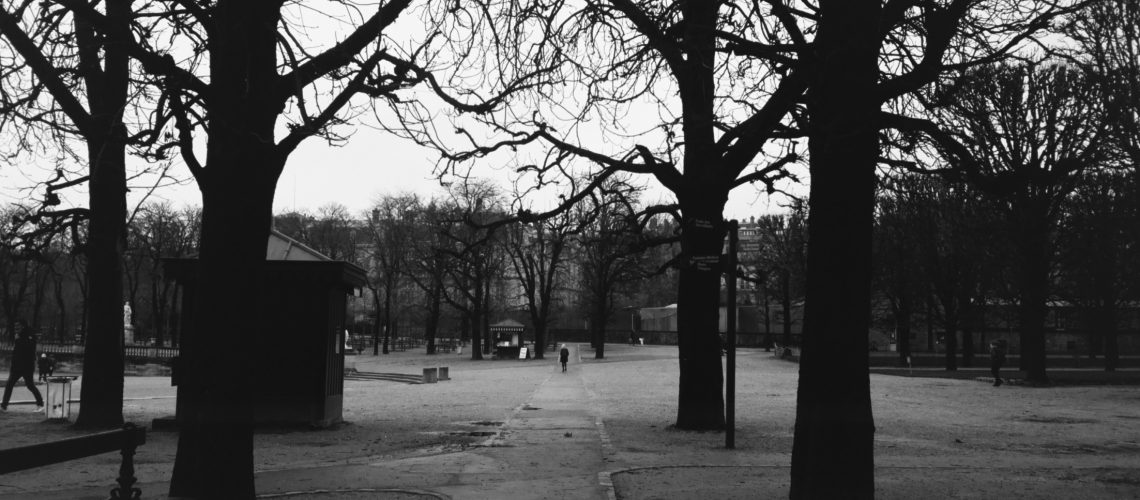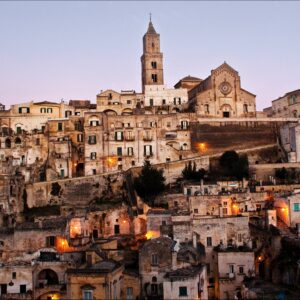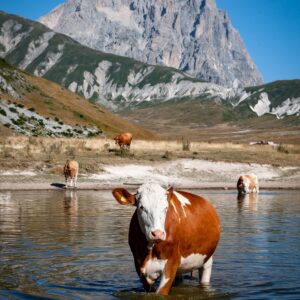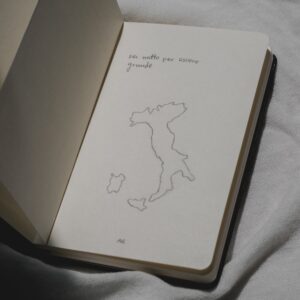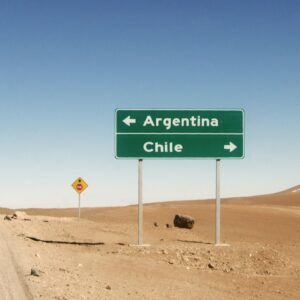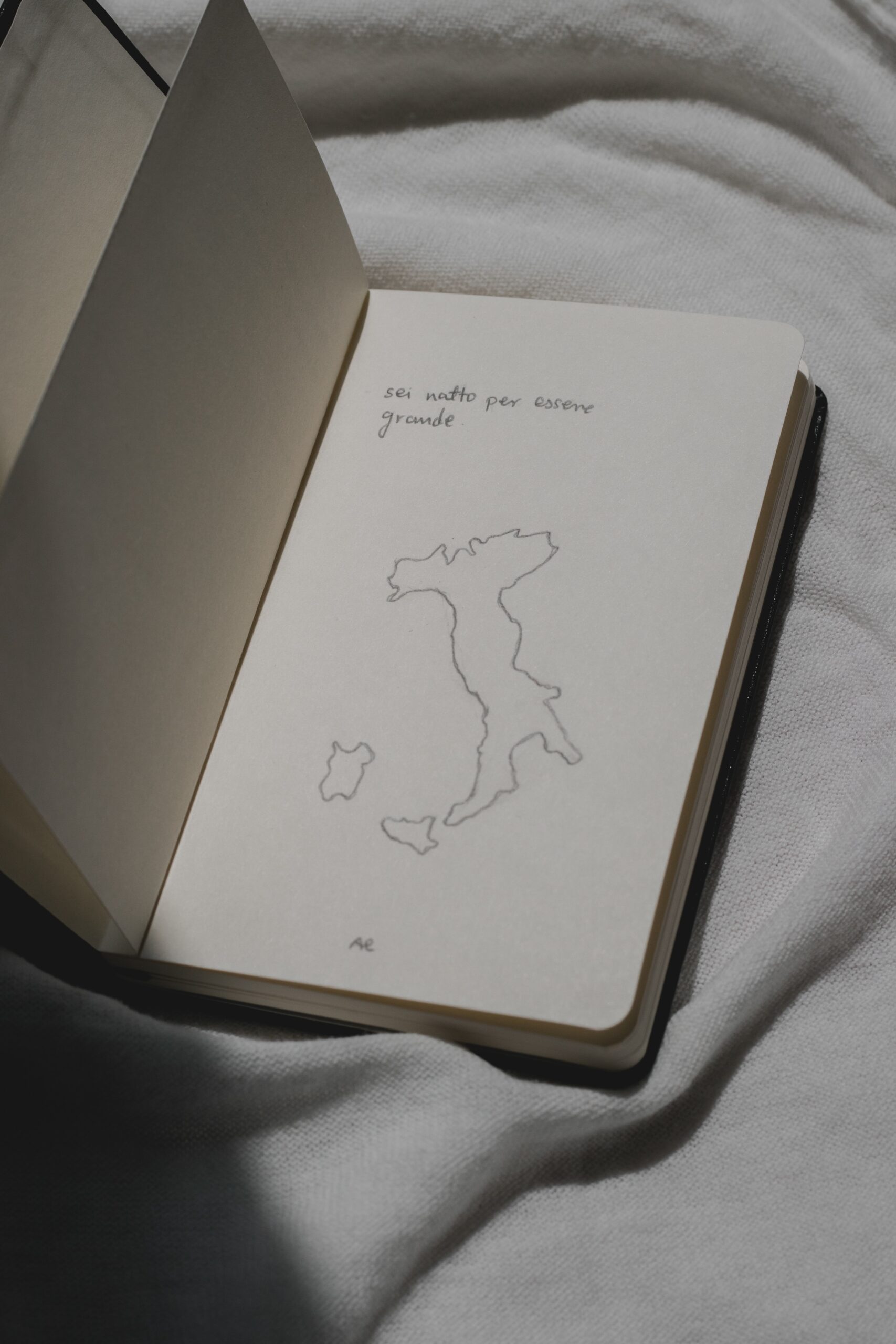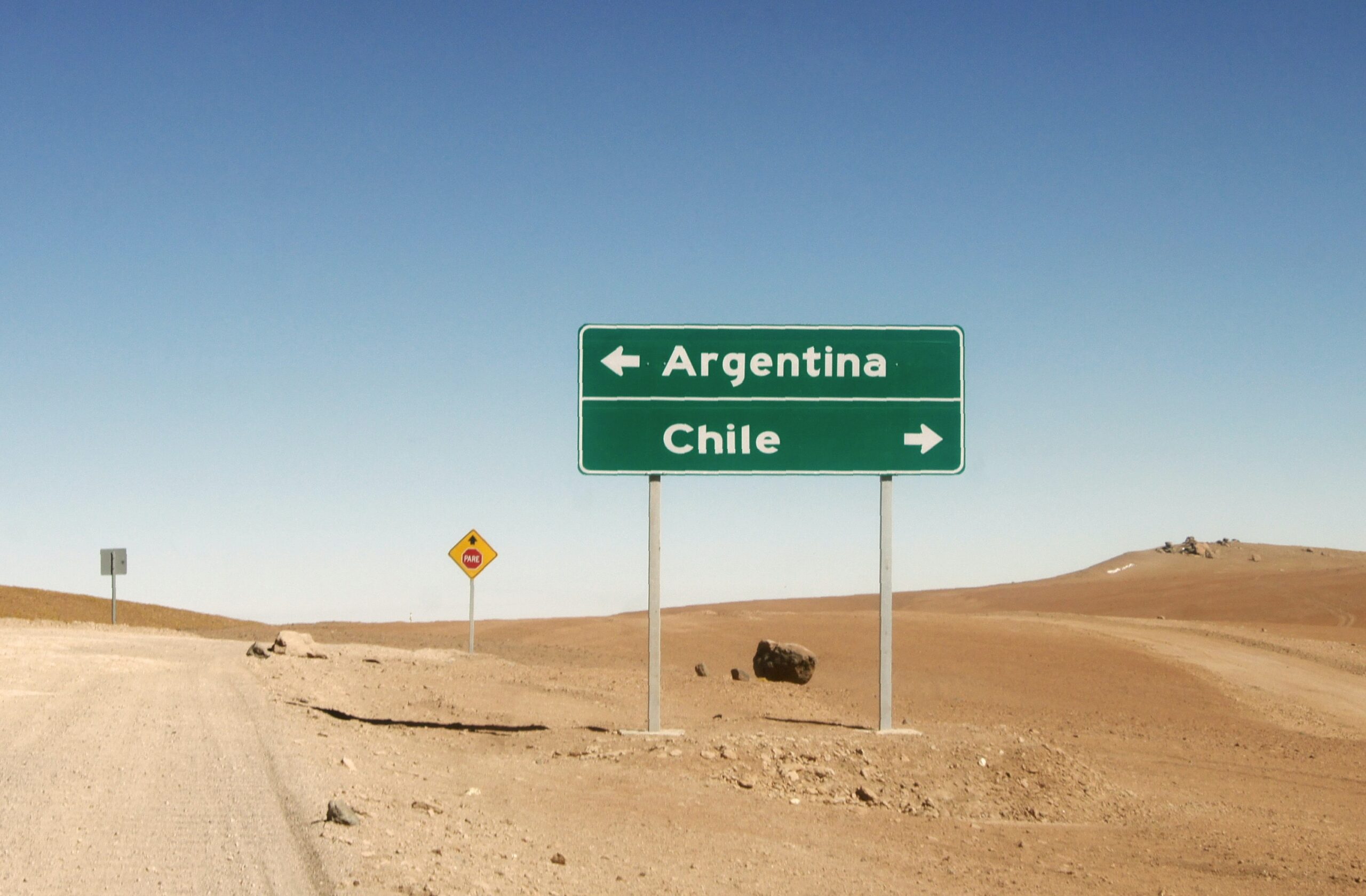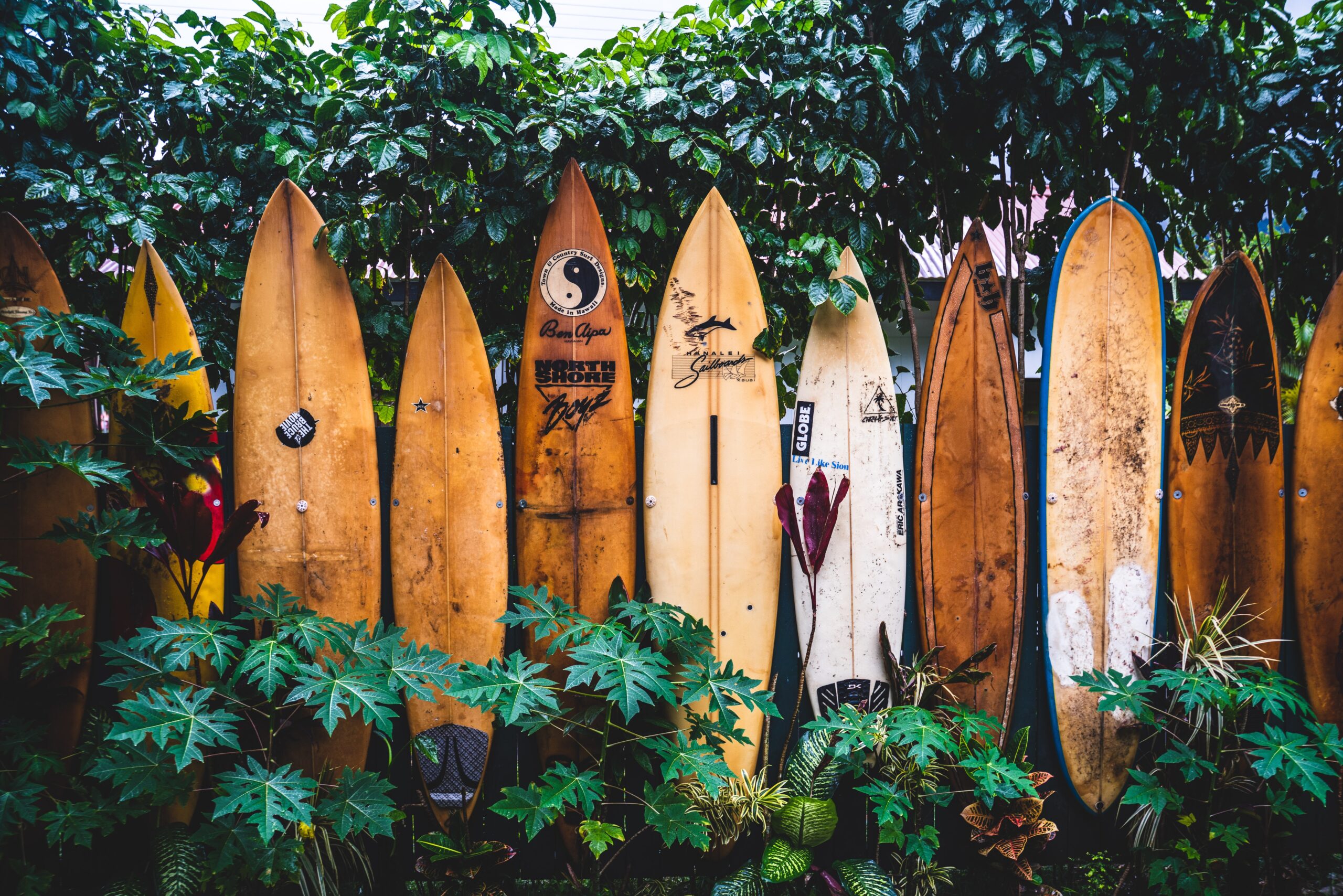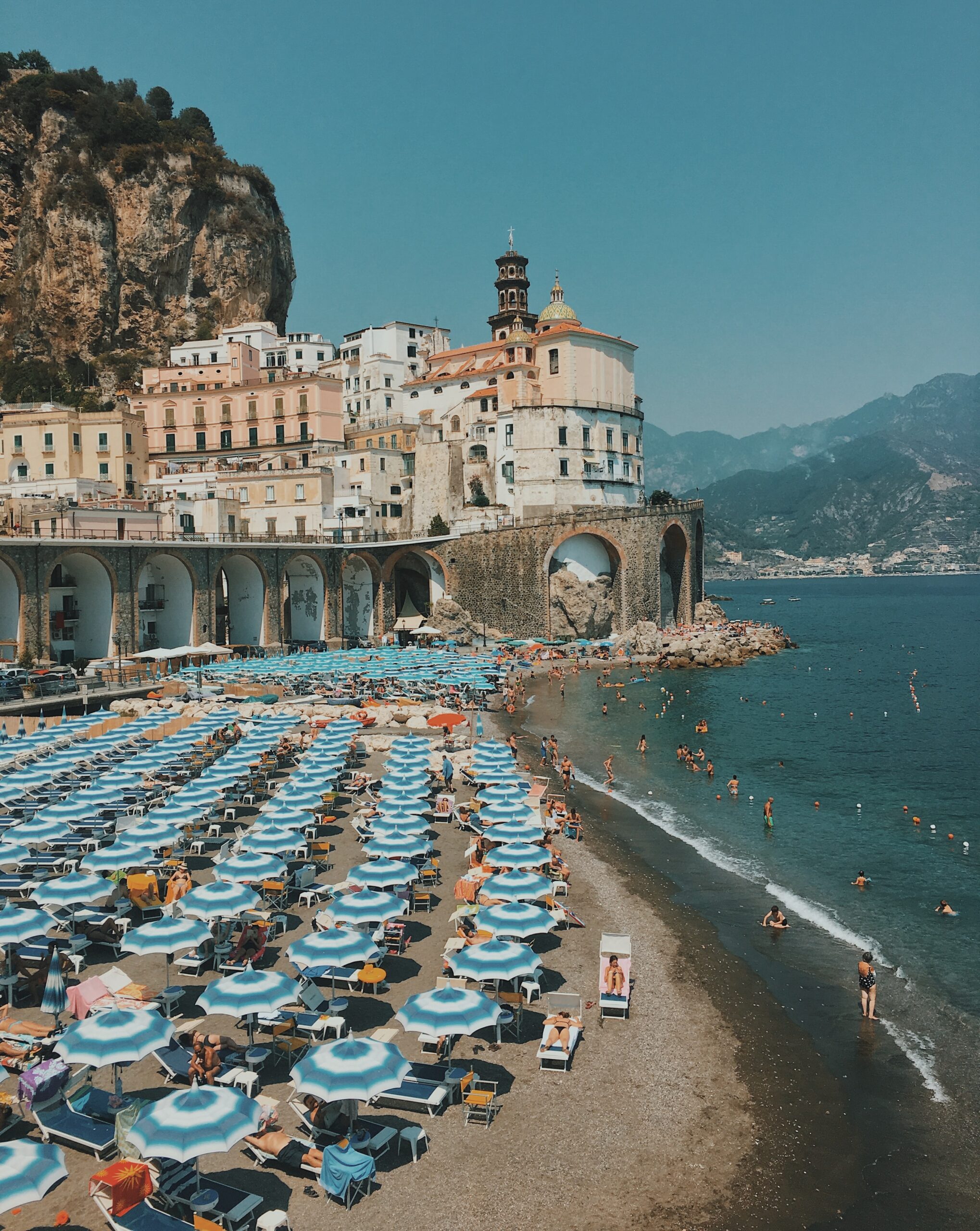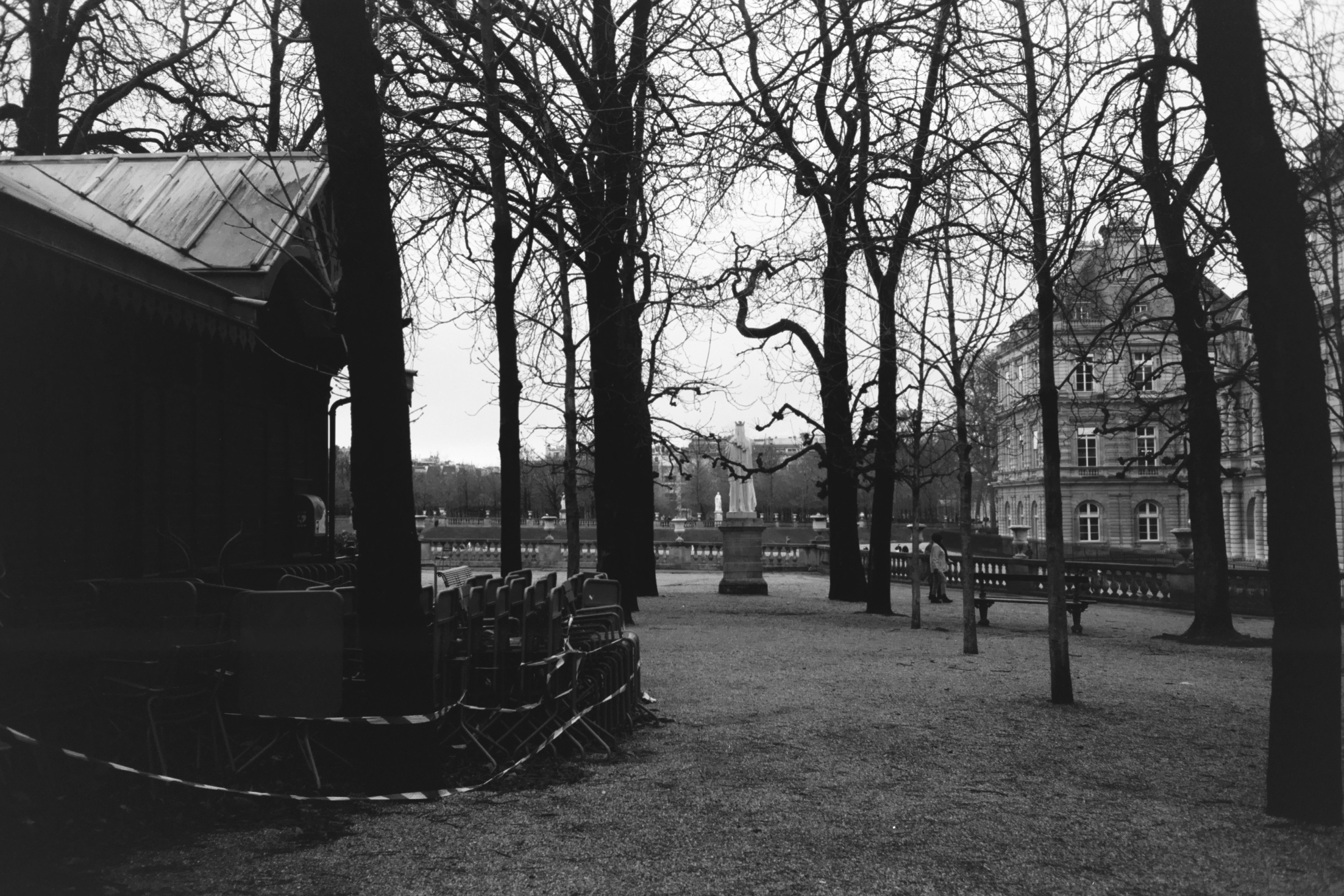
When I arrived in Paris in March 2020, I brought some rolls of 35mm film with me. In summer 2020, while I was jobless and pretty hopeless, I began shooting a roll of Fuji Neopan Acros 100 (35mm) on my Olympus mju ii.
Having bought the film stock from a store in Tokyo’s Akihabara district, I had never shot it before and so I was curious to see what results it would bring.
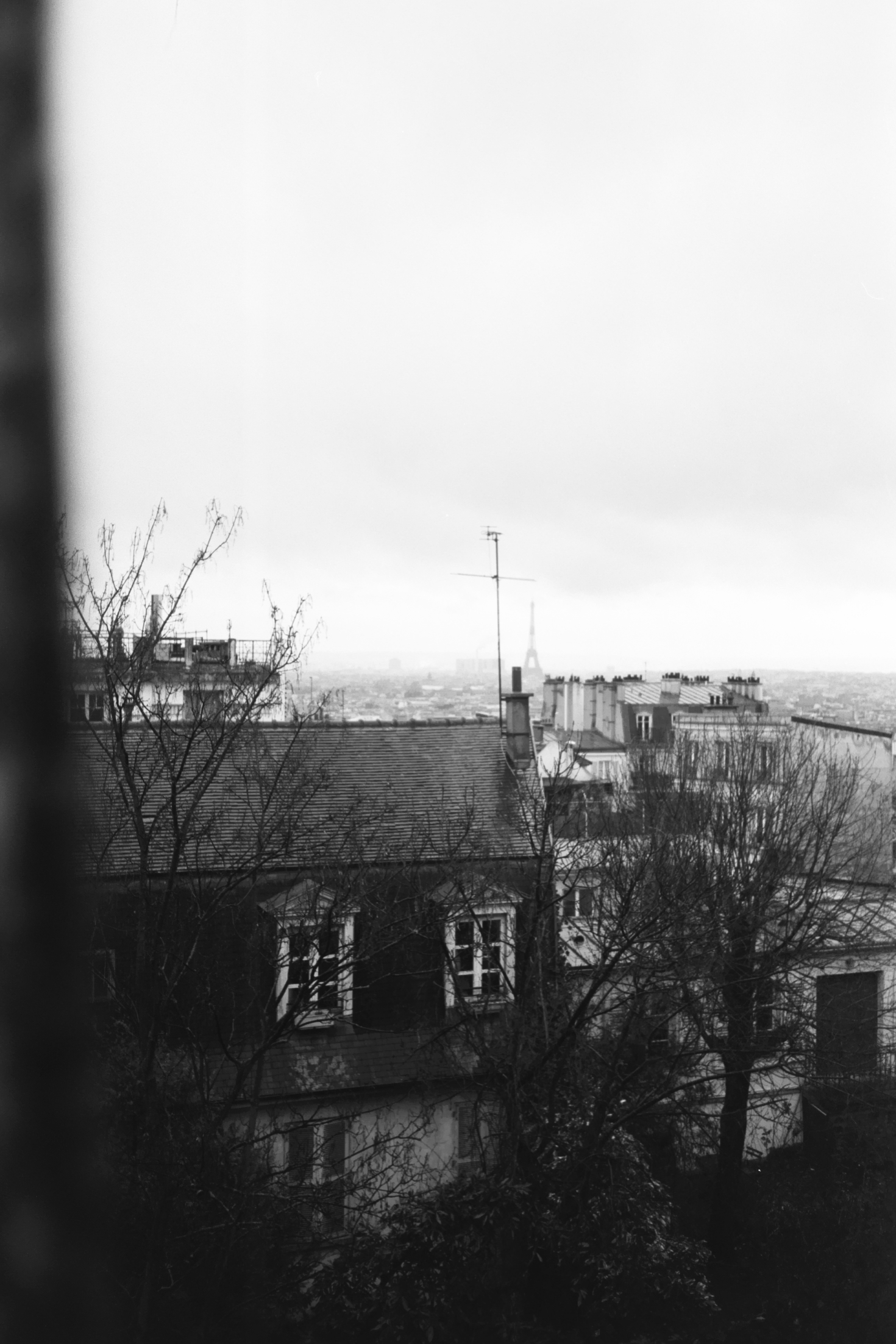
Besides the slower, more meditative approach to shooting, what I like about film photography is the fact that you have no idea how your images will turn out. You simply press the shutter, send your roll to a darkroom and then hope for the best.
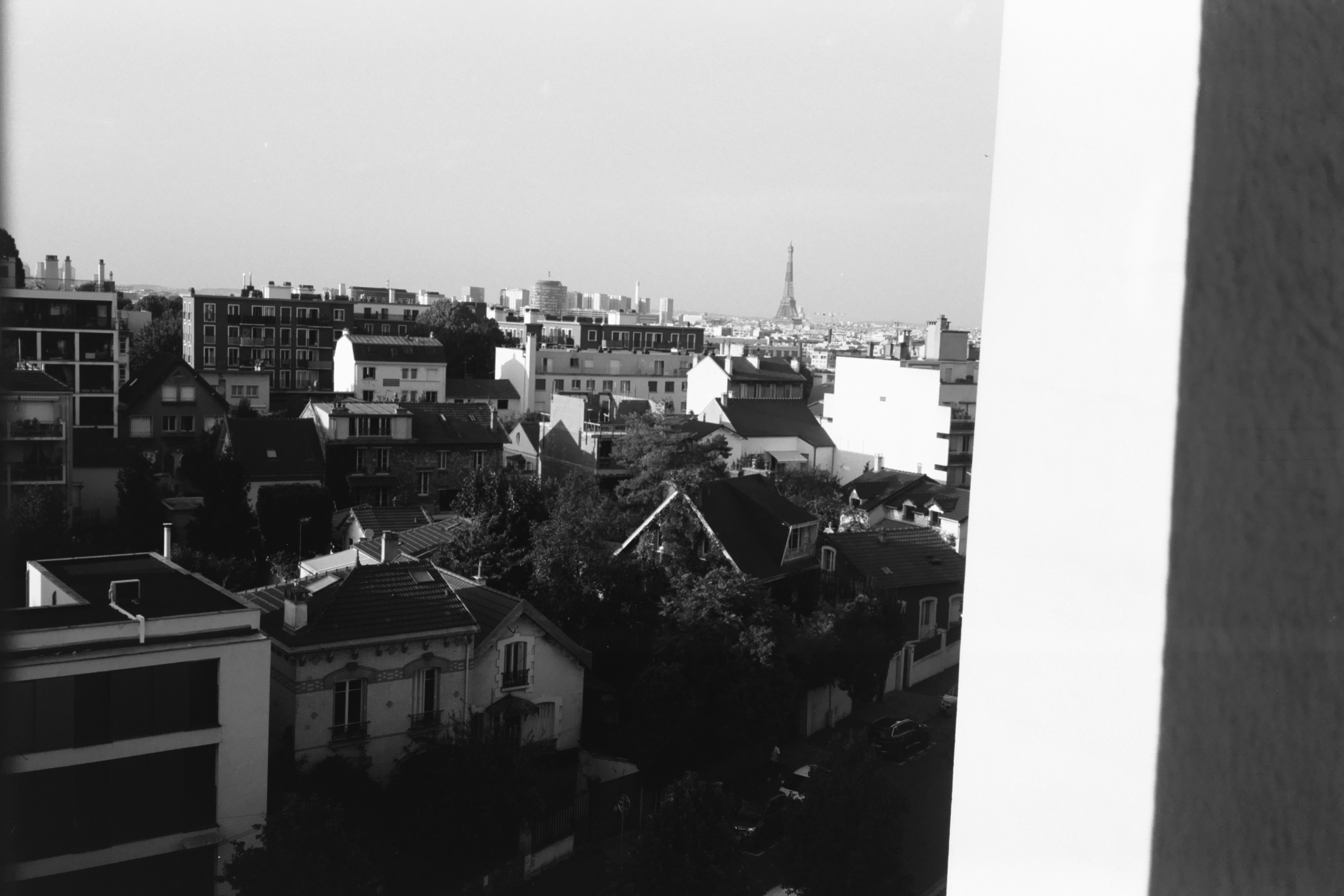
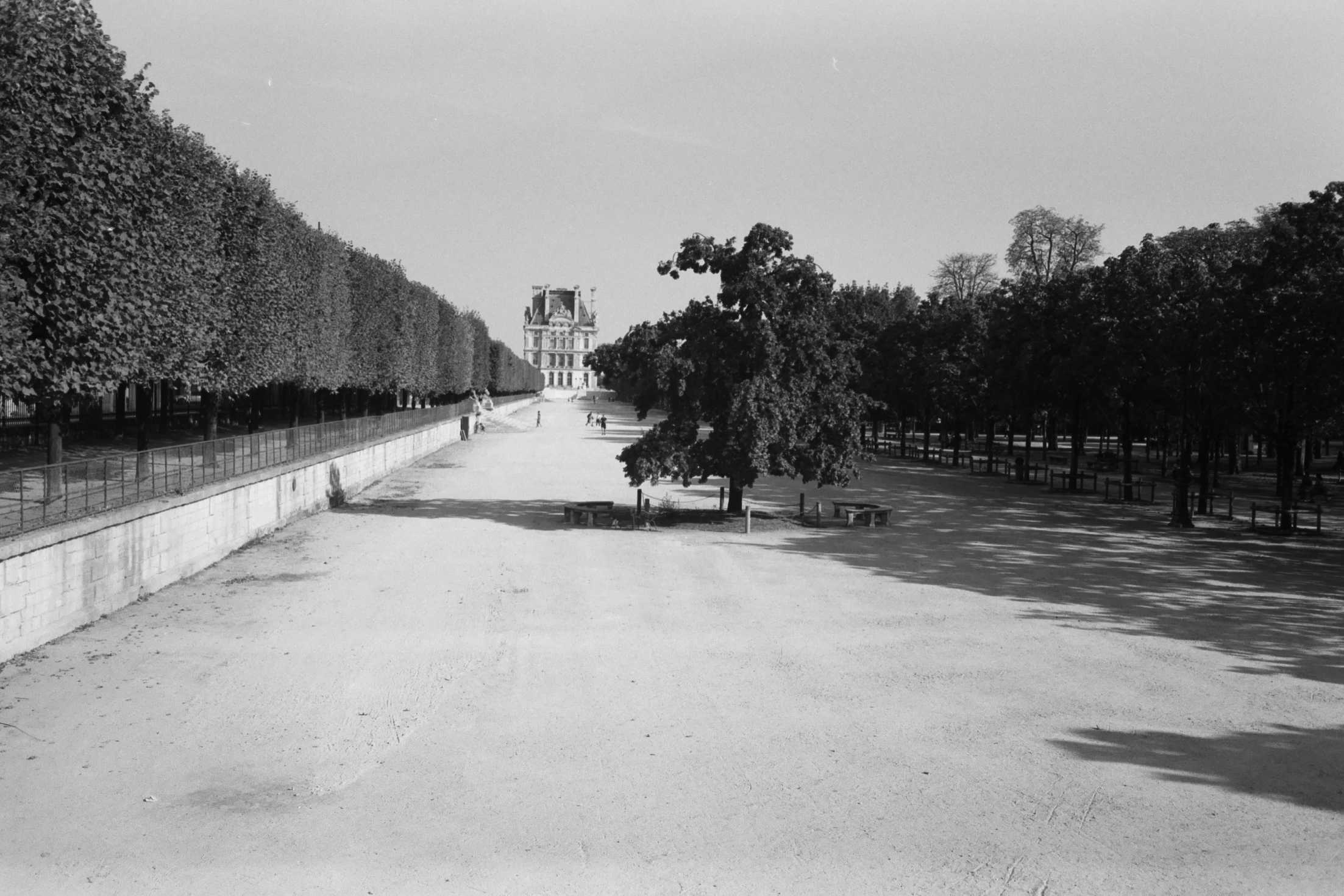

While that can be frustrating for those who like the instant feedback that digital cameras bring, there’s something liberating about being left in the dark. This lack of control is even more accentuated in the case of point-and-shoot cameras that don’t give you the ability to choose aperture or shutter speed. As the camera chooses them automatically based on its reading of the light in front of it, all you’re left to do is press the shutter.
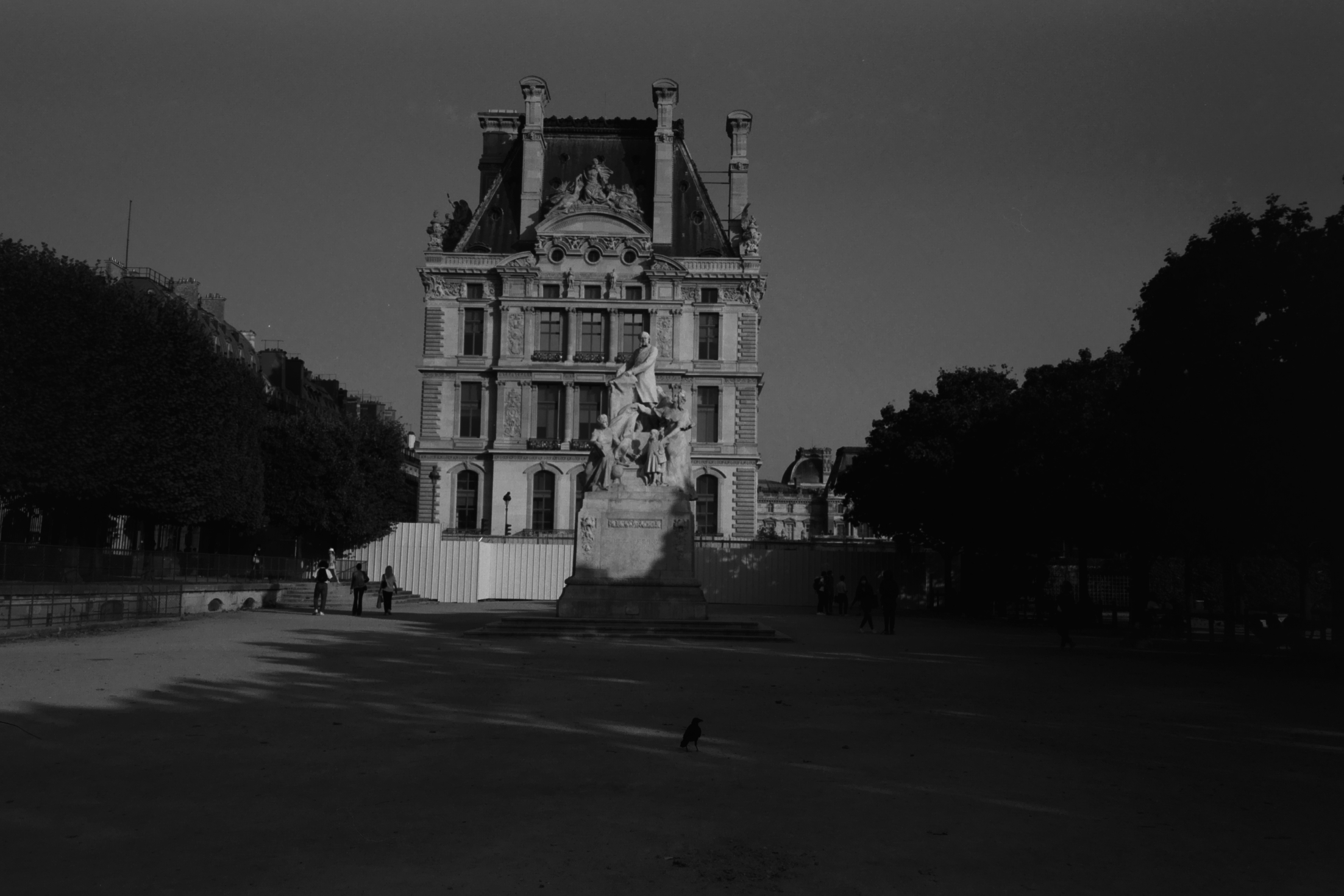
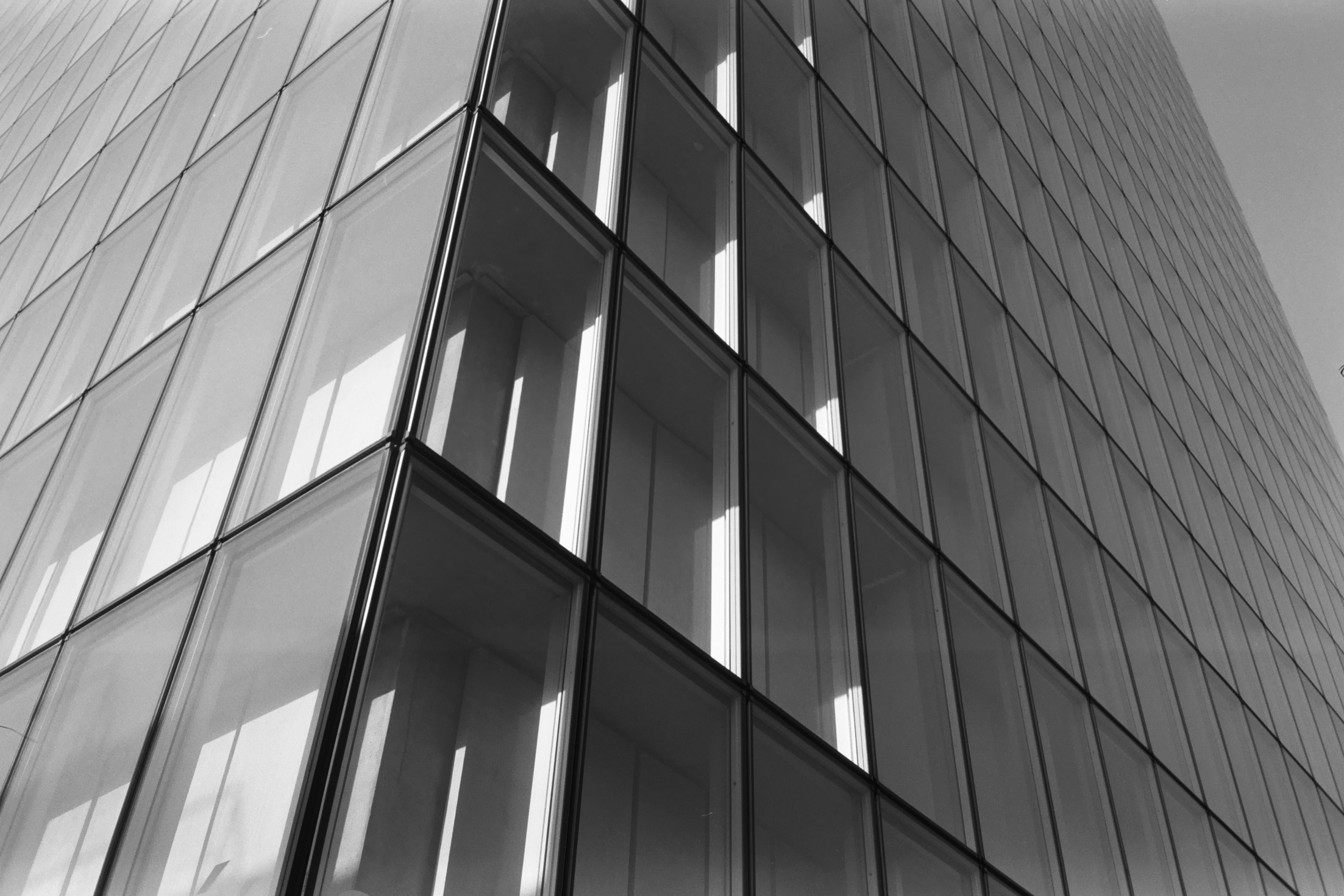

As I didn’t know any darkrooms in Paris, I decided to wait until I returned to New Zealand to get them developed. That meant that by the time I was back in Auckland, I had already forgotten what I had shot. As most of these photos were shot in mid-2020, they had already turned six-months-old before I even laid my eyes on them.
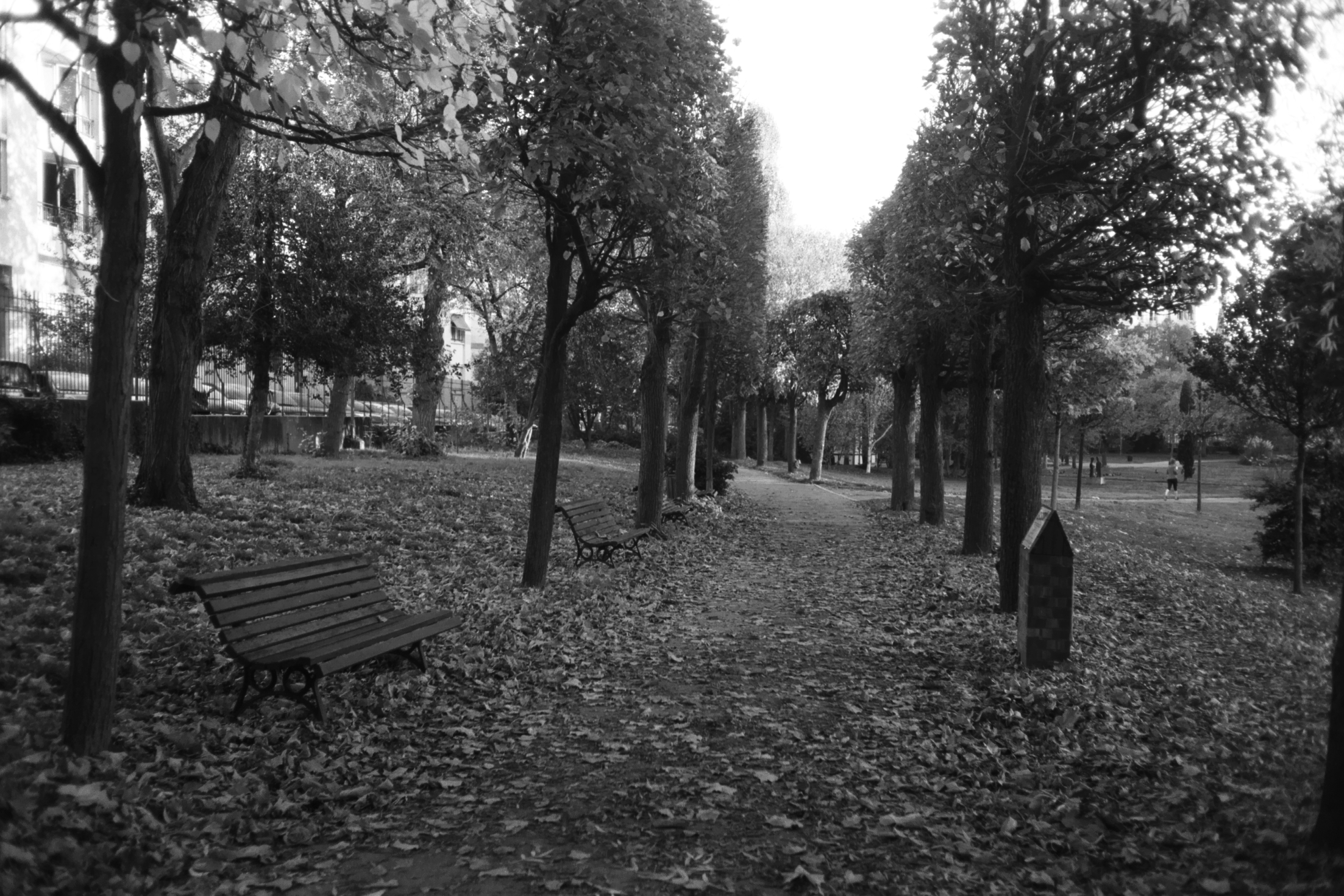
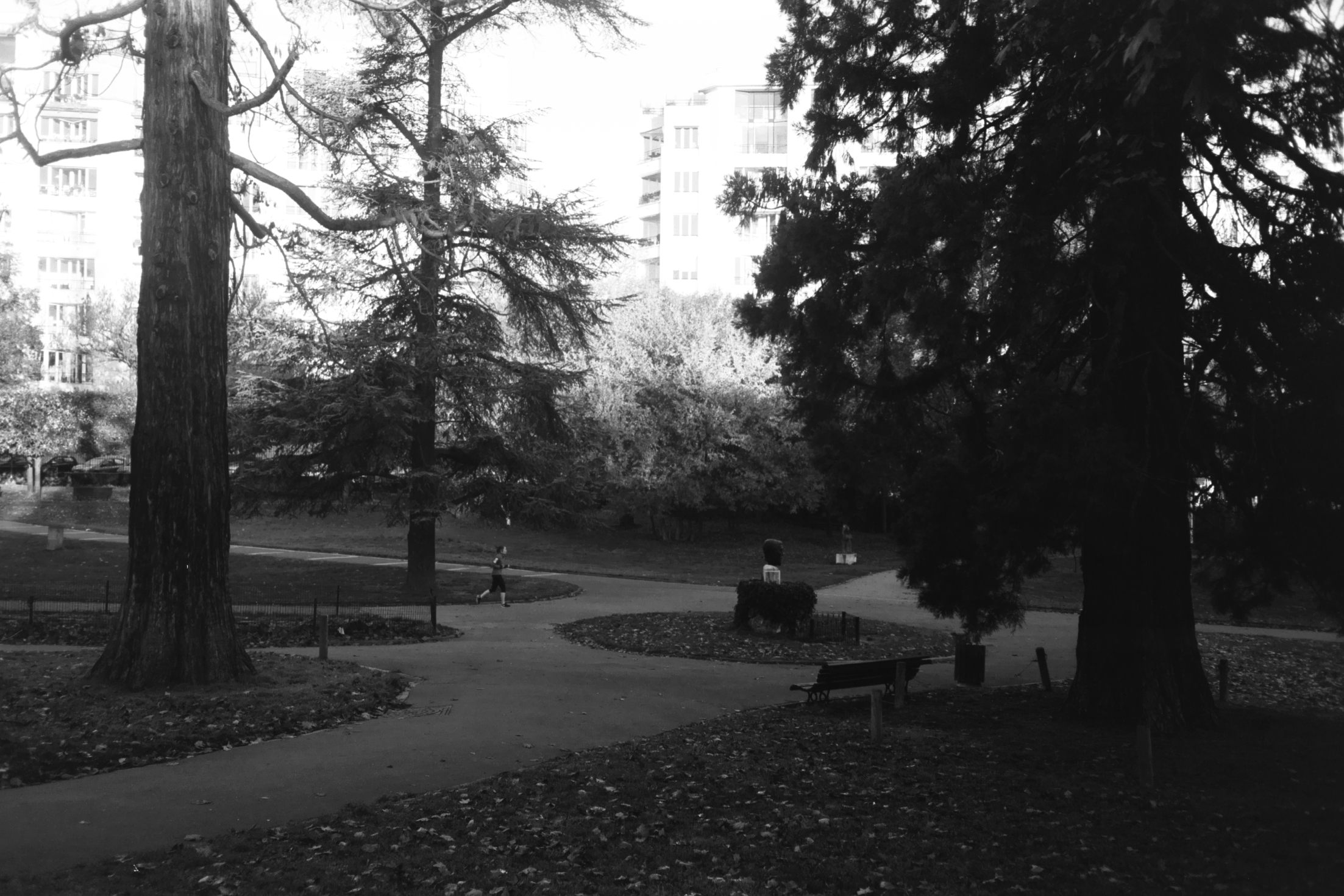
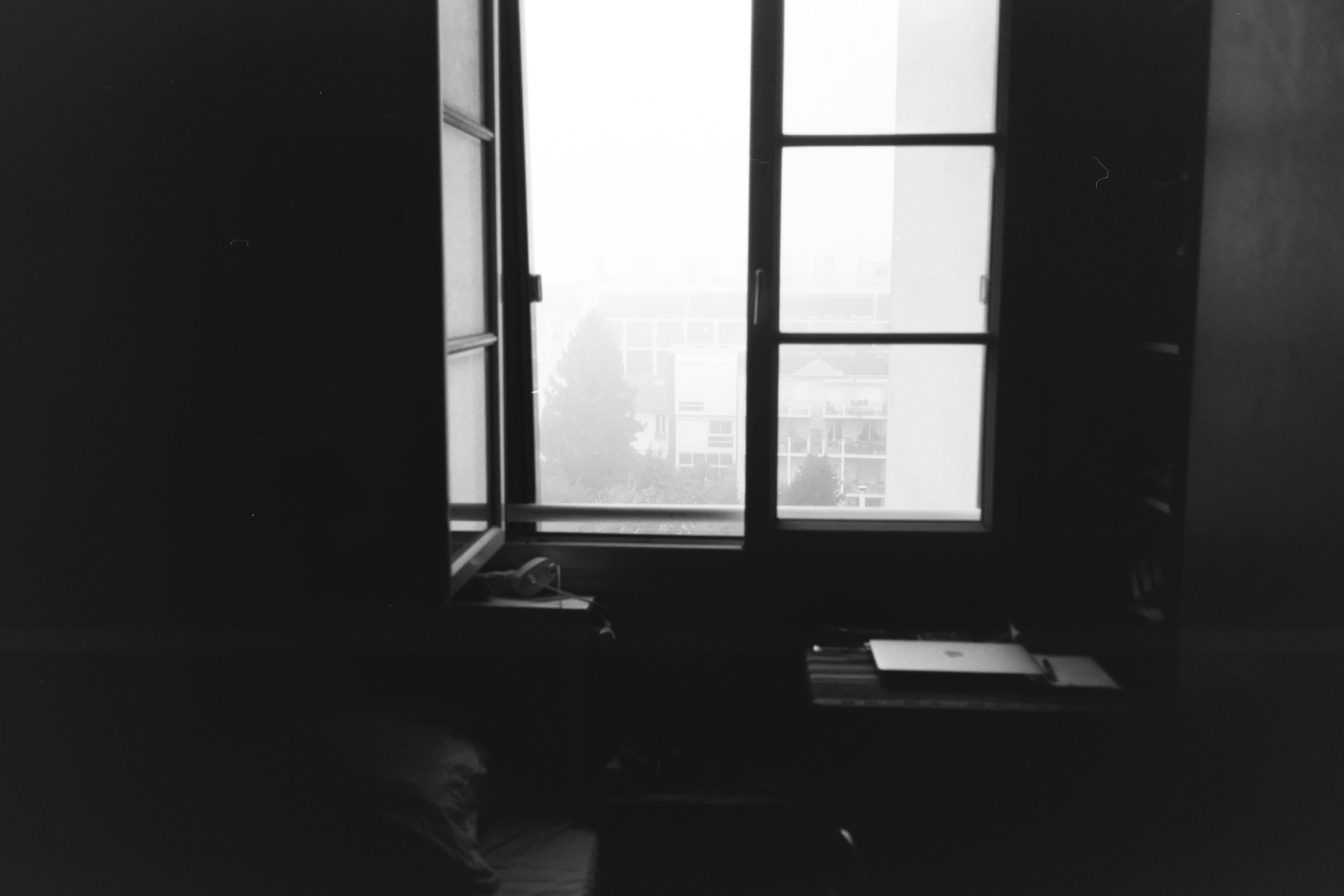
In that way, they’re like a time machine as they take me back to a time when I was trying to find my feet in a city besieged by Covid. At the time, I had no job and had no idea whether I could even land one. It was one of the toughest times of my life, and so taking these photos wasn’t just an activity; it was a form of self care — an attempt at staying grounded while everything around me was chaos.
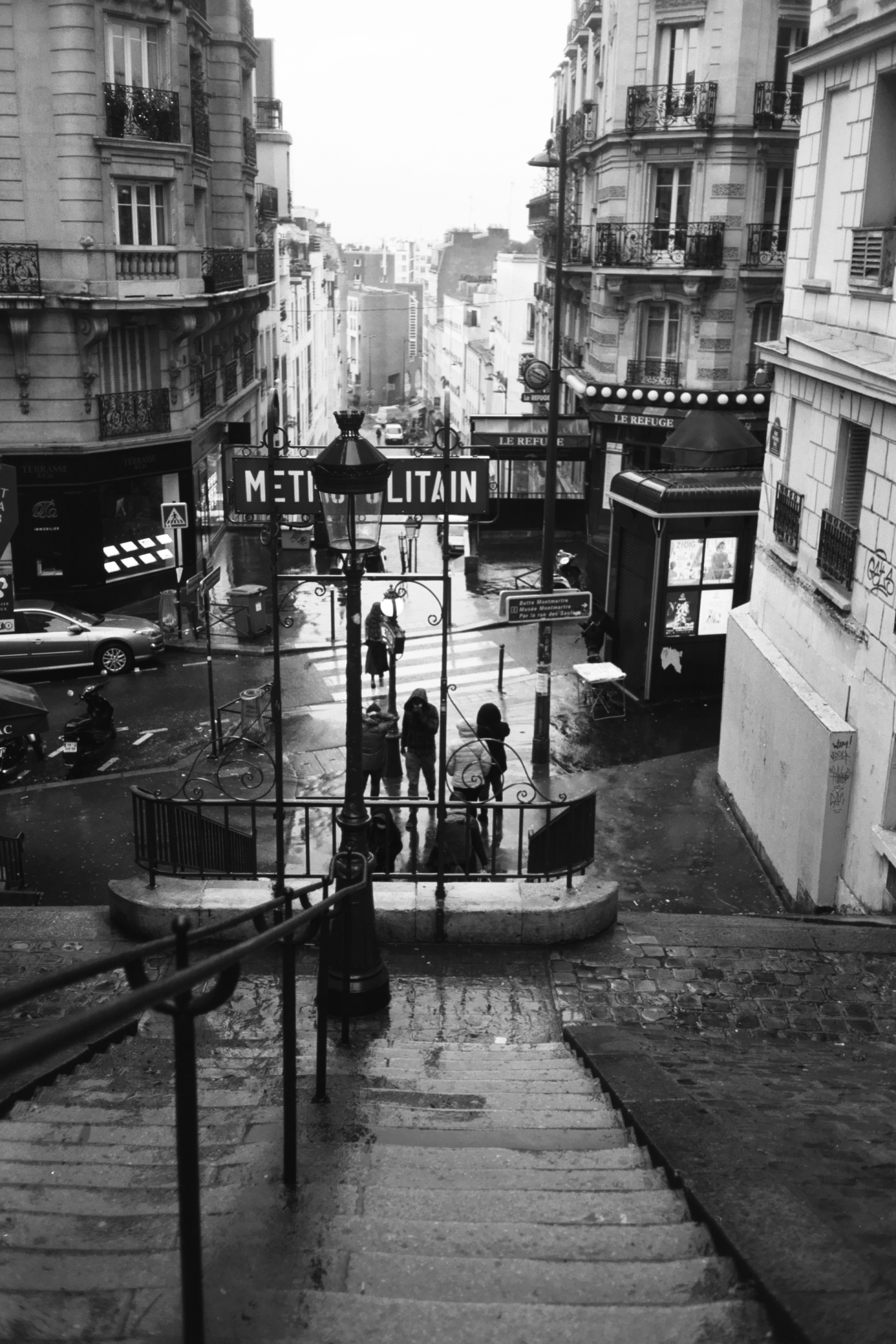
As you can probably tell, the lab I used — a Kodak store in Auckland — doesn’t have the best scanner. While their developing skills are top-notch, many of their scans have strange defects on them. Some images bare white scratches; others have a straight horizontal line in the middle of them.
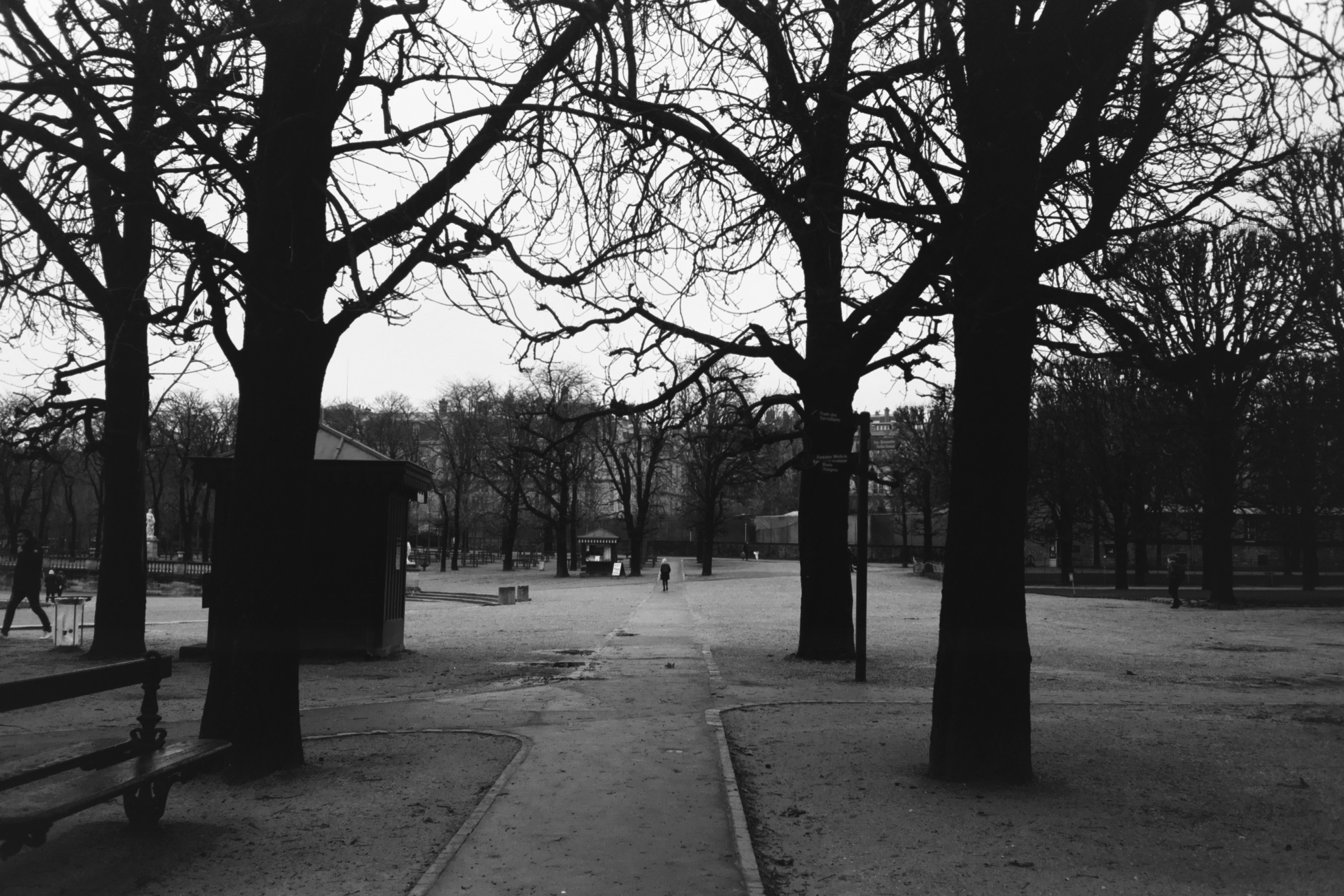
I find the Olympus mju ii an interesting camera to shoot with. It tends to produces images with a soft, dreamy quality. While the centre of images tends to be sharp, there’s usually some distortion along the edges that gives the images an old-school quality.
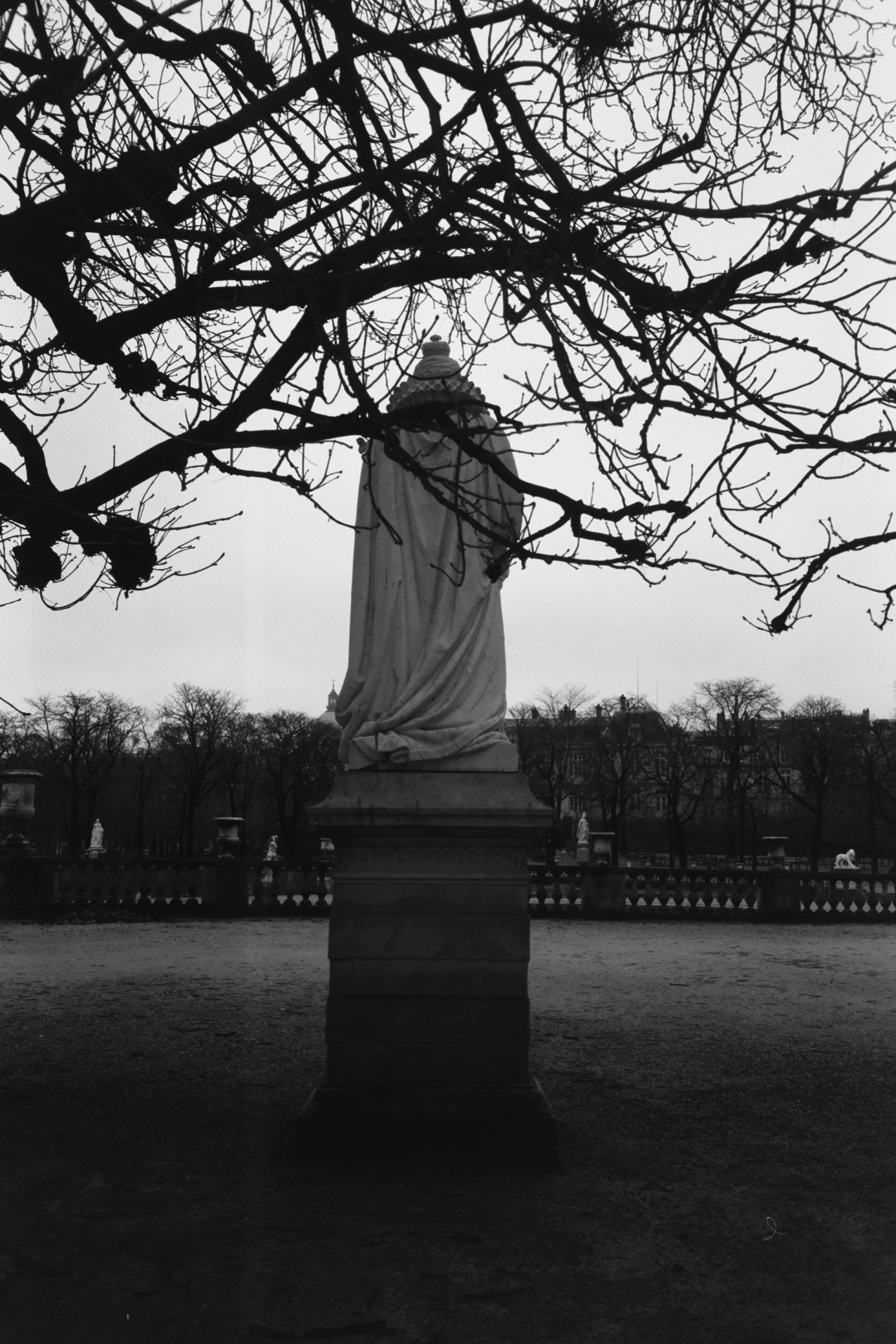
Fuji Neopan Acros 100 is also interesting because it’s a very contrast-heavy film stock. Unlike Ilford HP5 Plus 400, which produces more subtle gradients, Acros 100 goes pretty heavy on dark blacks and light whites. This is especially evident in images with strong light; as the camera attempts to prevent the highlights from blowing out, it opts for a faster shutter speed, causing the darker areas of the image to become engulfed in darkness.
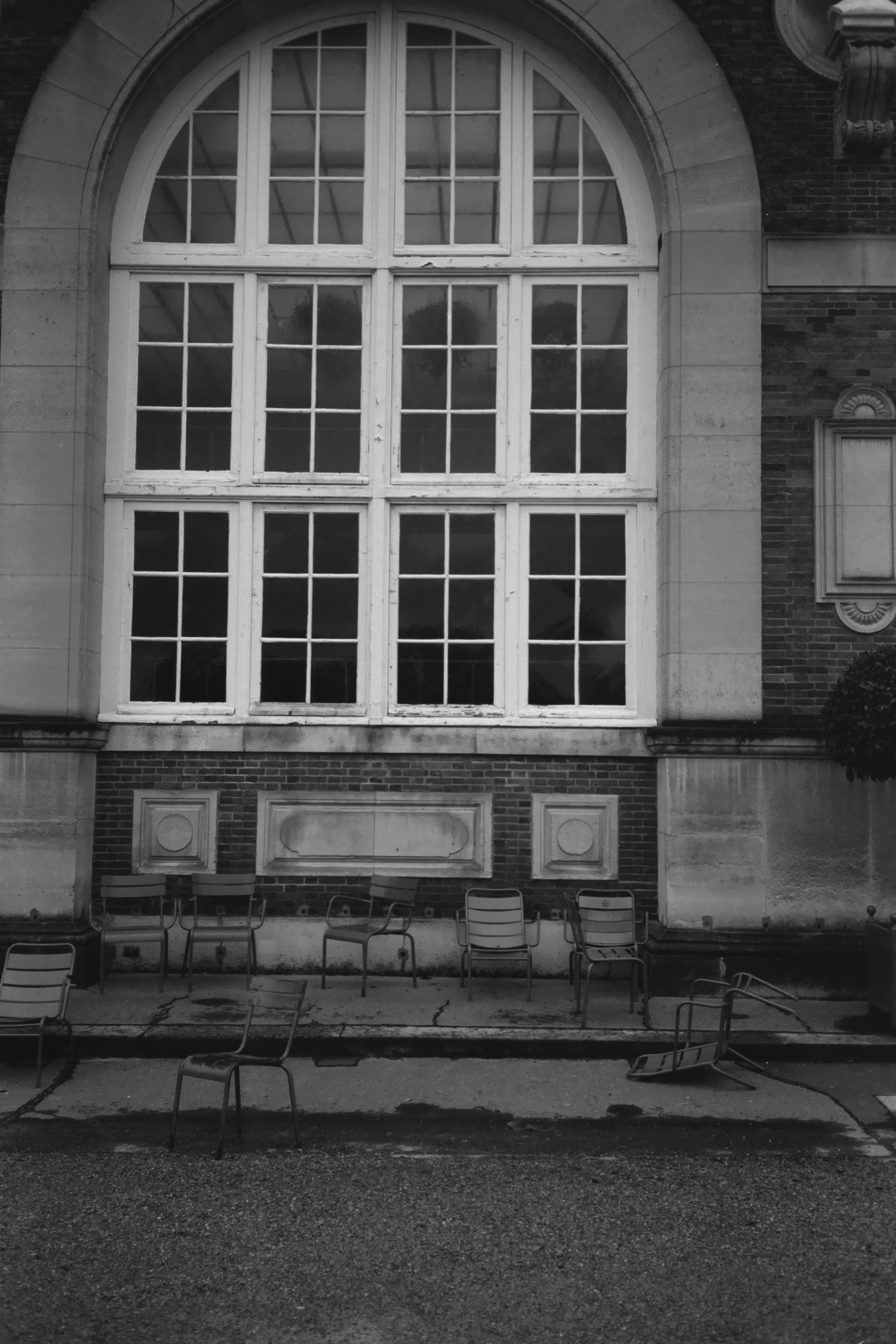
As summer 2020 was one of the deadliest periods of the pandemic, it was one of the darkest periods in Paris’ modern history. Many buildings were off-limits and people avoided each other in the street. I think that shooting in black-and-white was quite appropriate, then, since the lack of colour and the darkness of the photos conveys the sombre atmosphere of the time.
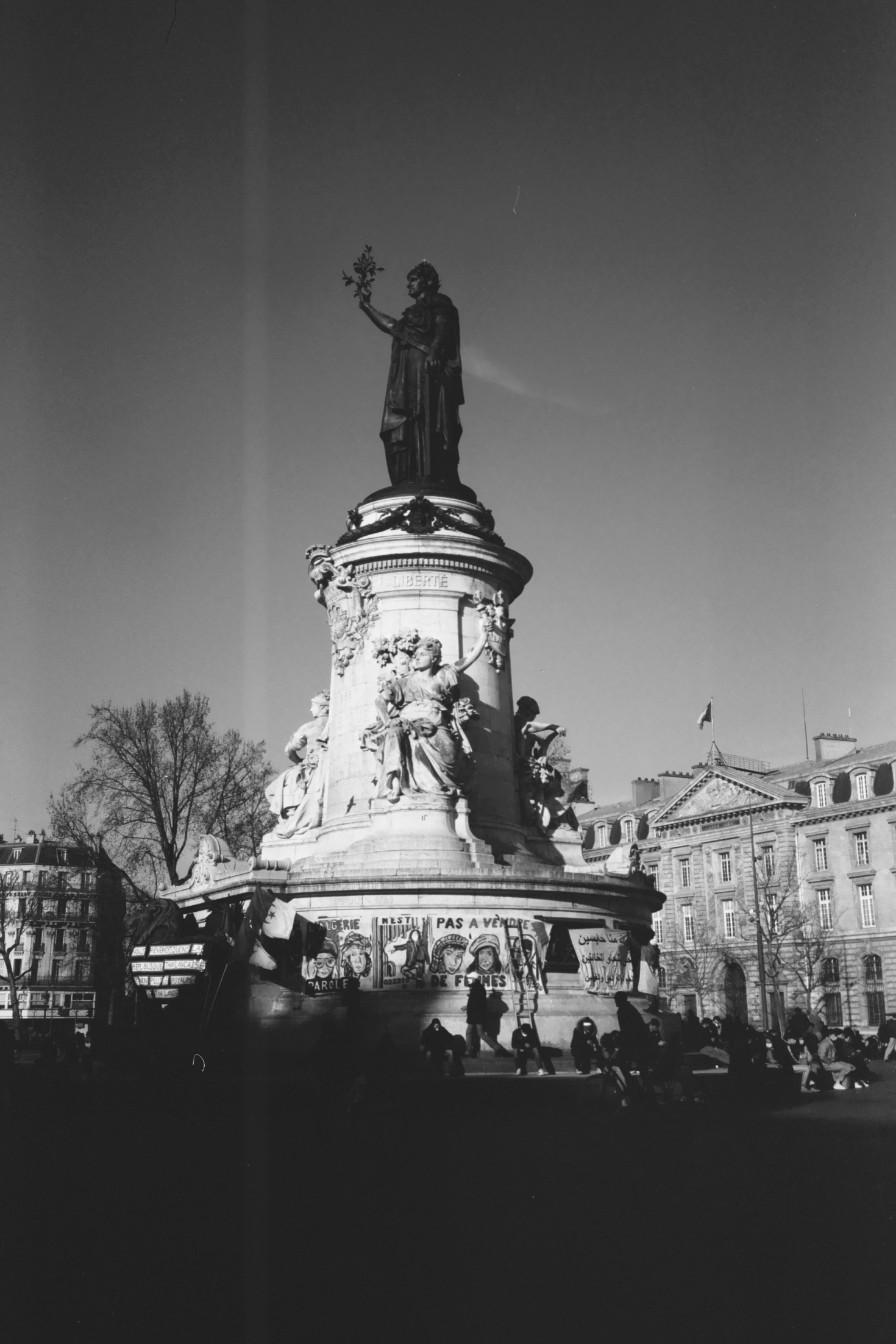
This particular version of Acros 100 is no longer available. A few years ago, Fuji updated its formula of the film stock and called it Acros 100 II. So my chances of shooting it again are close to zero. But I’m glad that I used it when I did.
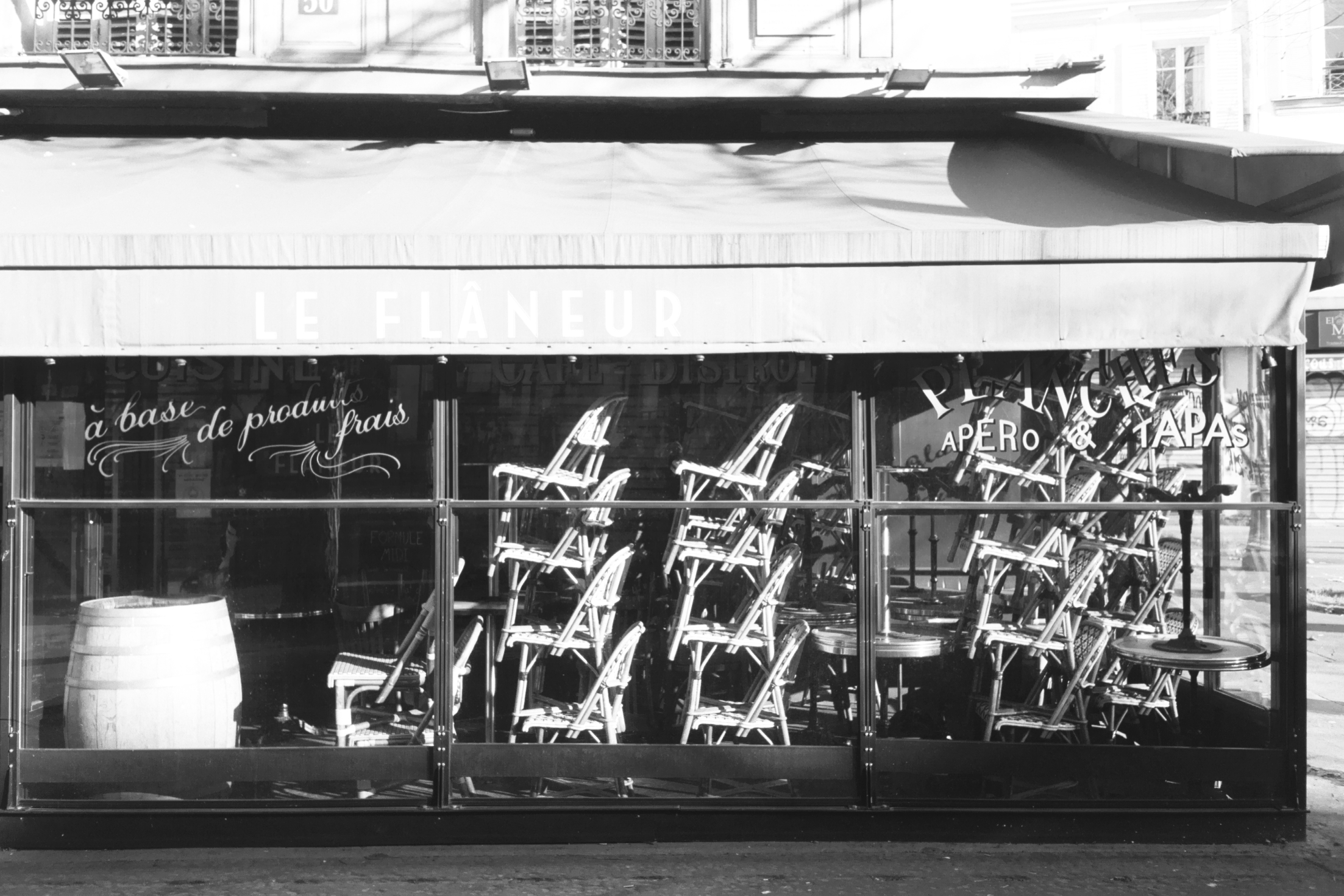
It was a dark moment in time, but now I can’t imagine my life without it.
